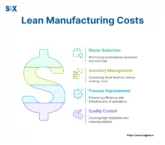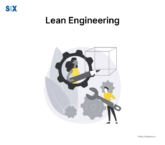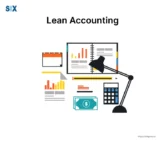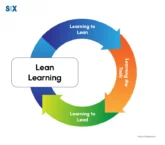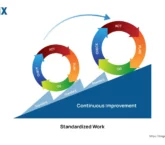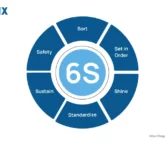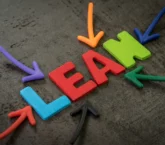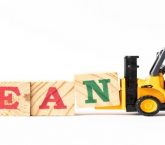Lean Manufacturing Costs: The Guide to Slashing Production Expenses
Companies implementing lean principles report an average 20-30% reduction in operational costs within the first year alone. That’s not just marginal improvement—it’s transformative change that directly impacts the bottom line. When manufacturers face mounting pressure to deliver higher quality at lower costs, lean manufacturing emerges as the proven methodology that consistently delivers results. Ready to […]

